
This logo isn't an ad or affiliate link. It's an organization that shares in our mission, and empowered the authors to share their insights in Byte form.
Rumie vets Bytes for compliance with our
Standards.
The organization is responsible for the completeness and reliability of the content.
Learn more
about how Rumie works with partners.
Have you ever worked with a team at school, work or otherwise?
If you want to turn your next team experience...
from this...
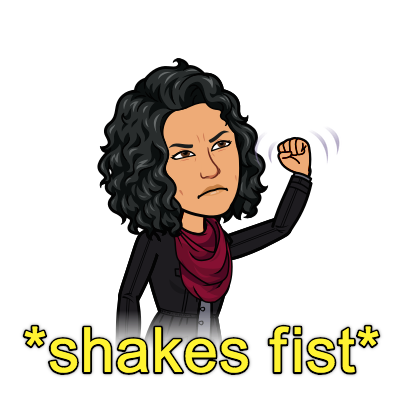
to this...

...how can Tuckman's Team Performance Model help?
Tuckman's Team Performance Model
Working well in a team is all about building relationships. This takes time.
Tuckman describes the 5 stages teams go through to go from strangers to teammates.
When teams understand these, they can start working effectively faster.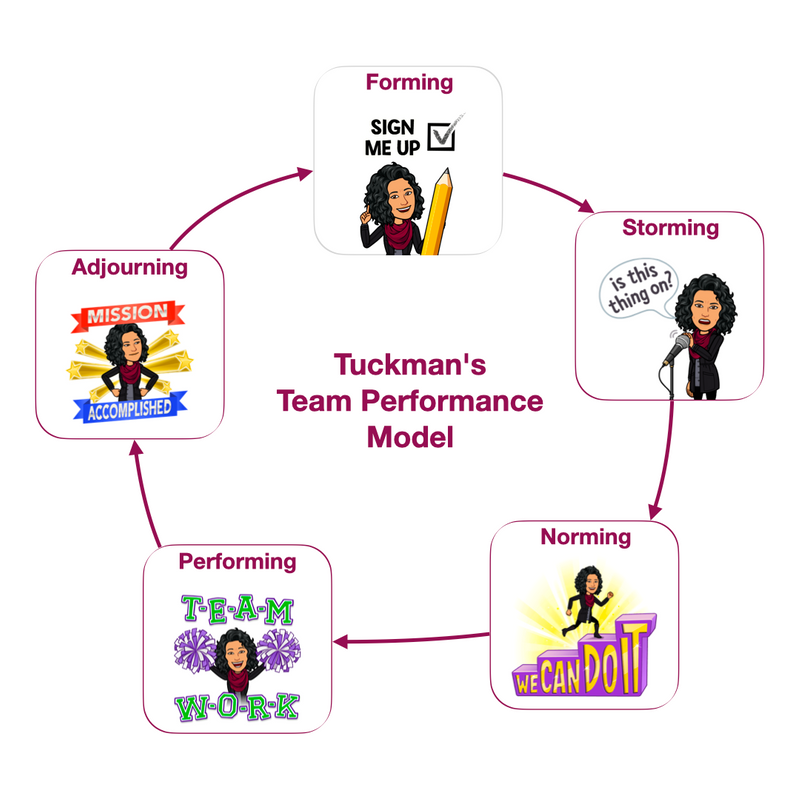
Did you know?
Stage 1: Forming
What happens at the Forming stage?
Team has its first meeting to get to know each other and start to build trust.
Members may be anxious, cautious, or excited to get started.
Everyone tries to get along.
How to move to the Storming stage?
Select a team leader and establish roles.
Set a team mission and agree on goals.

Stage 2: Storming
What happens at the Storming stage?
Members start to push boundaries.
Different opinions may lead to conflict.
Frustrations rise as the work increases and progress slows.
How to move to the Norming stage?
Create a positive and supportive environment.
Request and share feedback.
Recognize successes.
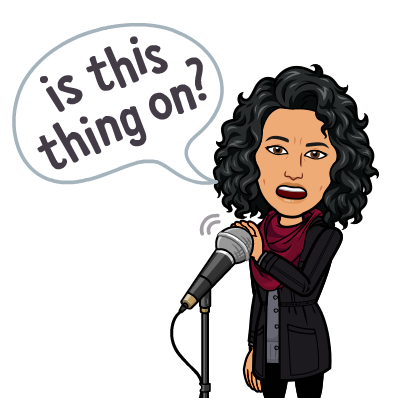
Stage 3: Norming
What happens at the Norming stage?
Members learn to resolve conflict and recognize each other's strengths.
Members are committed to achieving the team's goals.
How to move to the Performing stage?
Team communicates openly and often.
Team shares responsibilities, risks, and successes.
Team continues to set newer and more challenging goals.
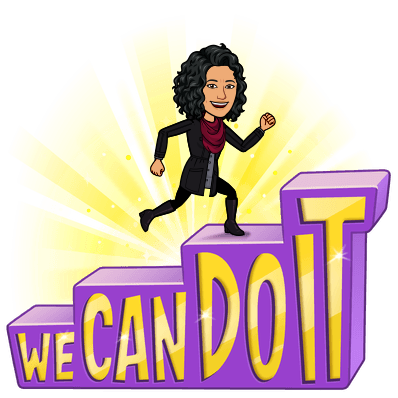
Stage 4: Performing
What happens at the Performing stage?
Team works collaboratively towards shared goals.
Members trust and empathize with each other.
How to move to the Adjourning stage?
Accomplish established goals.
Meet all deadlines and publish results.
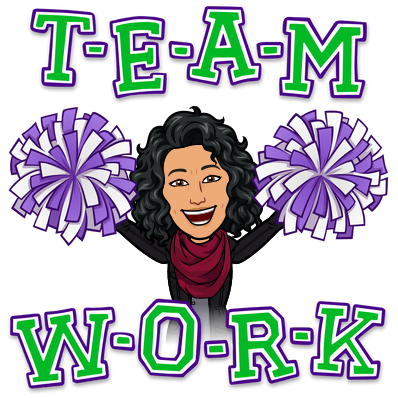
Stage 5: Adjourning
What happens at the Adjourning stage?
Project comes to an end.
Membership in group ends.
New teams are formed.
How to move on from this stage?
Share team results.
Debrief team performance and share lessons learned.
Celebrate team success!
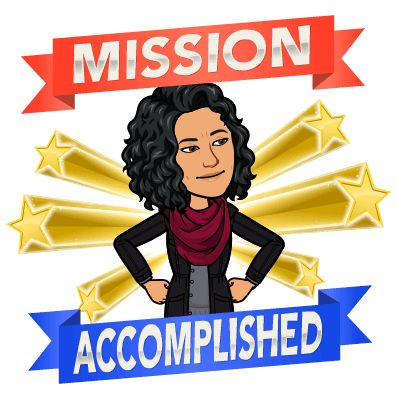
Did you know?
Identify The Team Stage
Which of these teams is in the Norming Stage?
Business Plan Team
Classmates came together to create a business plan. The team divided up the work evenly based on their strengths, each presenting a separate section of the plan. They trust each and ask for help if needed.
Volunteer Officer Team
A new group of officers were elected to lead a non-profit volunteer group. Half have never been an officer and are nervous of how much work it will be. The president starts the first meeting with an ice breaker exercise.
Work Team
A new coworker joins your work team and questions everything. They have a lot of experience from their previous job and think their ideas can help improve the team's work.
Cross-Functional Project Team
Members from the engineering, marketing and training teams are working together to launch a new feature. After disagreements about who was in charge of what, they agreed on a project plan with tasks assigned to each.
Quiz
Which of these teams is in the Norming Stage?
The Volunteer Officer Team just started the Forming stage with their first meeting. The Work Team is working through conflict in the Storming stage. The Cross-Functional Project Team resolved their conflict and are now working together in the Norming stage. The Business Plan Team figured out how to use their strengths to work effectively in the Performing stage.
Take Action
The next time you lead a team:
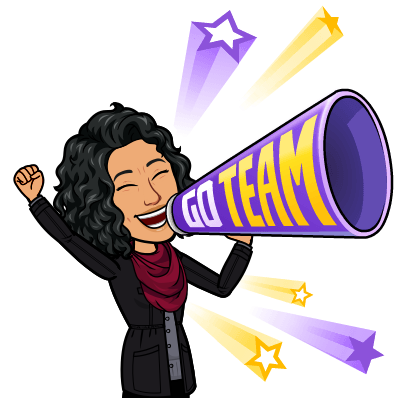
This Byte has been authored by
Kitzzy Avilés
Instructional Designer, Leader and Facilitator
Master's Degree